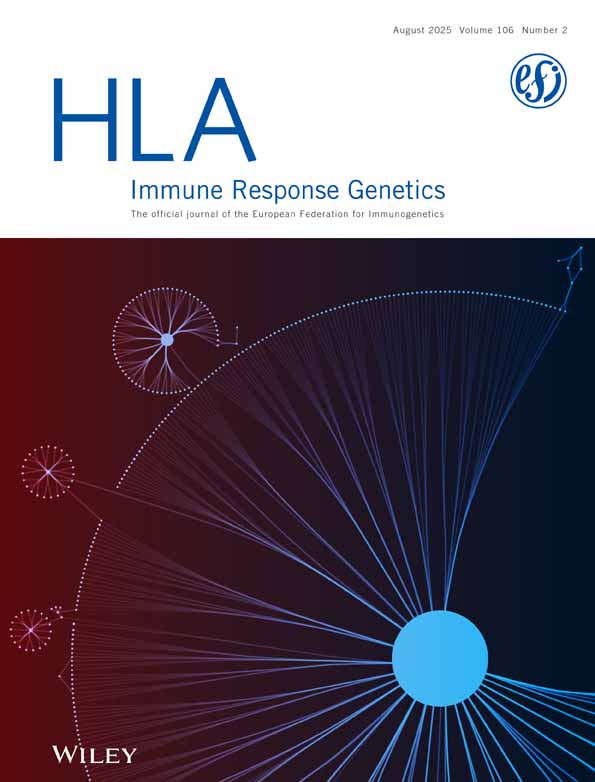Presence of a protective allele for achalasia on the central region of the major histocompatibility complex
Abstract
Idiopathic achalasia is a motility disorder of the esophagus whose etiology is unknown. An association between HLA genes and susceptibility to achalasia which suggests a possible immunogenetic mechanism has been reported recently. This study was designed to examine the HLA class II association in a large group of achalasia patients further and to investigate the distribution of TNFa and TNFb microsatellites in these patients. The study population, all Spanish, white and unrelated, consisted of 115 consecutive patients and 339 healthy controls. All of the patients had been diagnosed with primary achalasia of the esophagus with manometric, radiographic and endoscopic studies. All studies were performed on DNA samples after locus-specific amplification with the polymerase chain reaction: HLA-DRB1, DQA1 and DQB1 were typed by dot-blot hybridization and the size of the TNFa and TNFb microsatellites was measured using a semiautomatic method. The broad allele HLA-DQ1 was seen to be weakly associated with achalasia. The TNFa11 allele and the DRB1*1501-DQA1*0102-DQB1*0602 haplotype were reduced in achalasia patients but the stratified analyses showed that this was true only when both were present in the same individual. These results confirm the association between achalasia and HLA-DQ1 allele and suggest that TNFa11 is a marker for a protective allele for the disease, present on the B7-DRB1*1501 (7.1) ancestral haplotype in our population.




